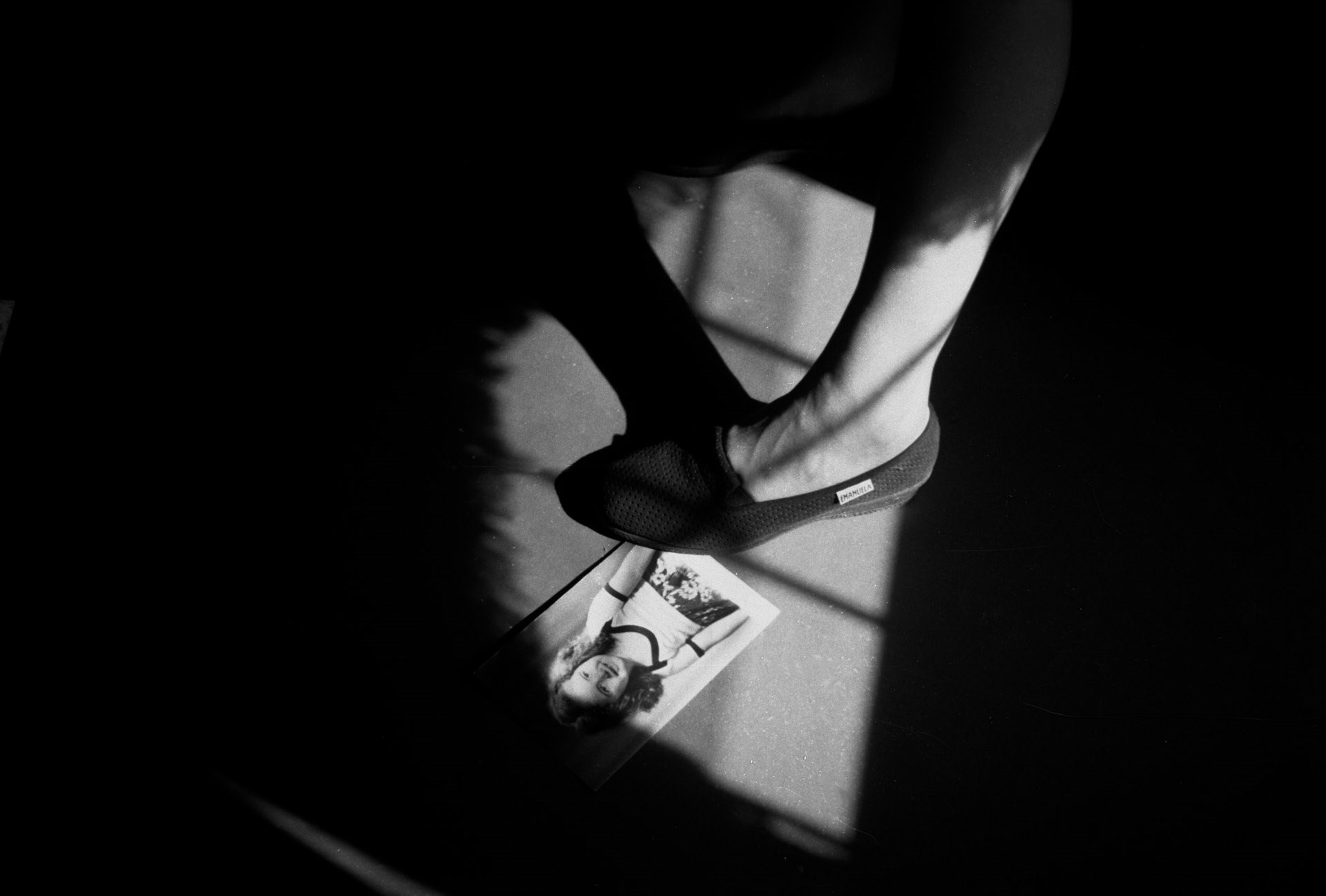
A Gate through the Peace Wall | Keti Murusidze, Natia Chankvetadze
17.02.2022 | 7 Min to readAn interview with project’s coauthor Keti Murusidze
I was in Northern Ireland when I first tried the everyday peace indicators methodology for observing a conflict-affected environment. The Good Friday Agreement and Northern Ireland are often cited as examples of a peaceful resolution of the conflict. Suddenly, history unfolded right before my eyes. There is the famous Peace Wall in Belfast, and its gate still closes every day to keep the Protestant and Catholic communities separated. The Protestants and Catholics in the city are separated not only by a visible but also by an invisible wall. A three-meter-high underground wall „isolates“ Protestants and Catholics after their death at Carnmoney Cemetery.
In Belfast, I met a taxi driver who, to this day, check his car’s underside every time he happens to be driving outside his neighbourhood. He makes sure there is nothing attached to his car. He is sure to alternate his routes and never takes the same direction to drive back home.
There I realised what do everyday peace indicators actually mean. Such stories show when people feel safe and when they are haunted by premonitions, ultimately revealing what their sense of safety or danger are linked to, and why it is important to research everyday peace.
One of the researchers at the University of Ulster has told me that Northern Ireland also has moments of unification and the agreement achieved twenty years ago actually made peace tangible. An example of that is crowded concerts in Belfast had been an unimaginable dream for him in his childhood. Whereas the concerts reveal that today Catholics and Protestants are ready to hold peaceful gatherings. I had never thought that a concert could be an indicator of peace. In our context, however, the other side is totally isolated. Crossing dividing lines is banned.
Our everyday peace indicators study has revealed that only women are speaking up boldly about domestic violence, unequal workload, education, lack of women’s self-fulfilment, and the rights of sexual minorities. The men in our focus groups never even mention these issues, arguing repeatedly that there are no sexual minorities in our surroundings. Younger participants emphasise the hereditary nature of trauma, also listing insufficient spaces and opportunities for young people as the foremost priorities.
Protest rallies are also mentioned frequently. As it was asserted at one of the focus group meetings, peace is when people are not afraid of taking to the streets. But they also say that peace is considered established when people do not have to demand every little thing at demonstrations.
Holding protest rallies in the villages along the dividing lines are perceived differently in local villages and Tbilisi. For locals, these are mere reminders, changing people’s everyday lives from bad to worse and bringing about “more gunshot noise and more stress.” People just come from Tbilisi, make sure they feel good about themselves, and then leave, while the locals are left alone to deal with the consequences of protest suffused with narrow party affiliation.
Through Someone Else’s Eyes
An interview with the project’s coauthor Natia Chankvetadze
I first learned about the everyday peace indicators initiative from one of the authors of this methodology. I met Roger Mac Ginty in 2015, during my studies in Manchester. We used to talk about how persistently problematic it was to develop an evidence-based policy in conflict-affected contexts. And I saw the methodology of everyday peace studies as the key to solving this problem. Talking about everyday peace inevitably leads us to people’s routines, and that allows us to see reality through their eyes. Better still, the study itself is designed to rule out researcher interpretation altogether, leaving just how people describe their everyday lives and what they have to say. The study also stores wordings, phrases, terms, and articulation.
People, in their everyday stories, describe what they mean by peace, and what stands in their way of attaining or perceiving it.
Peace is a political term and routine politics in one, while the study attempts to discern what processes citizens can influence, how empowered they feel to demand and change. Putting a spotlight on all this would give a strong impetus to encourage thought. In our focus groups, one would hear these frequently repeated phrases: “You can’t count on others to do your job,” “You’re on your own,” “Stand up and be counted.” They say that everyday peace is made in unity.
I am banking on this study to make all this clear to us: How people see peace in their everyday lives, how actively are they themselves engaged in this process, whether or not various agendas meet their most basic needs, and—most importantly—where we should seek the peacebuilding process today, what changes people expect, where frustration kicks in, and what causes disappointment.




